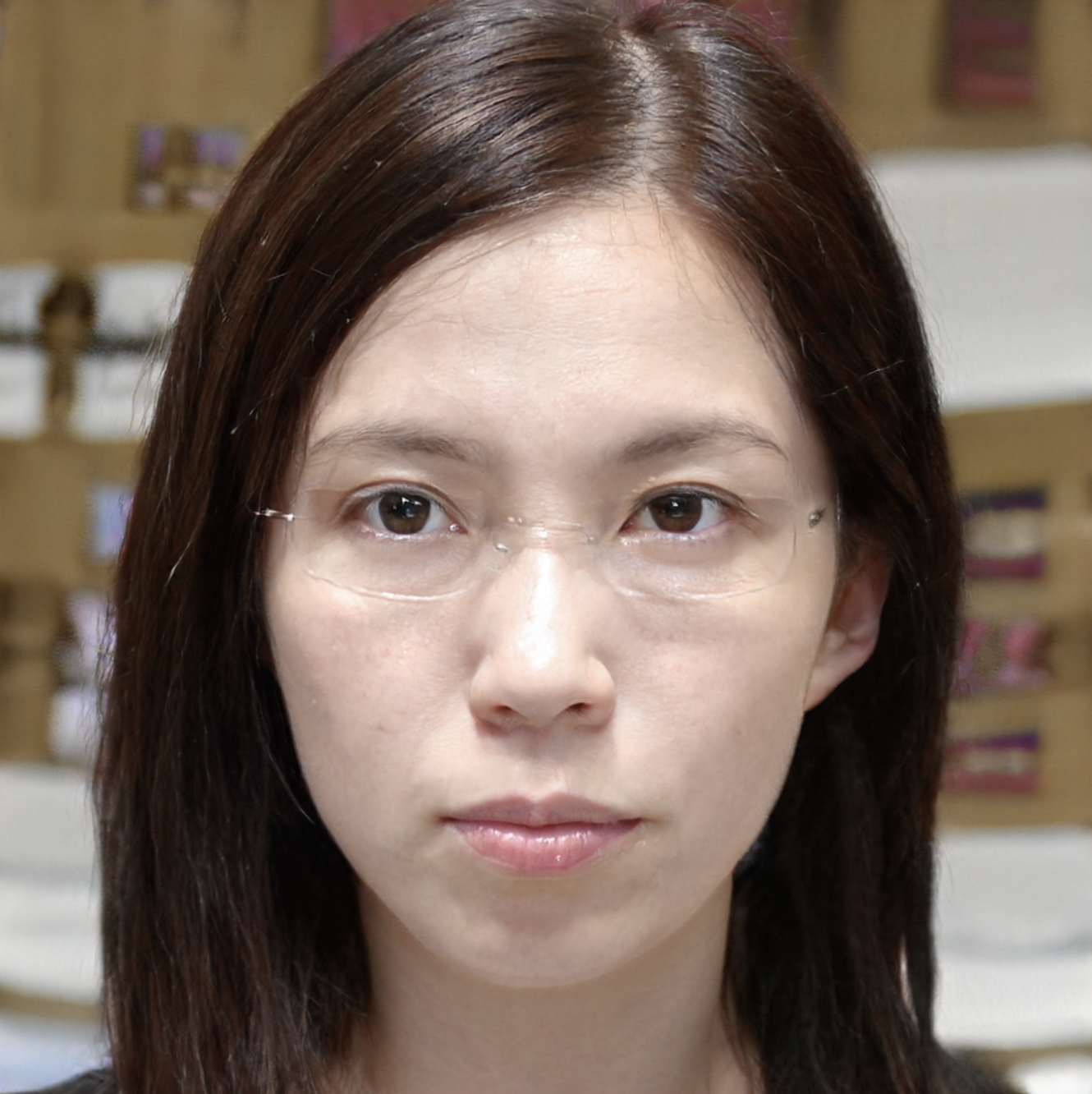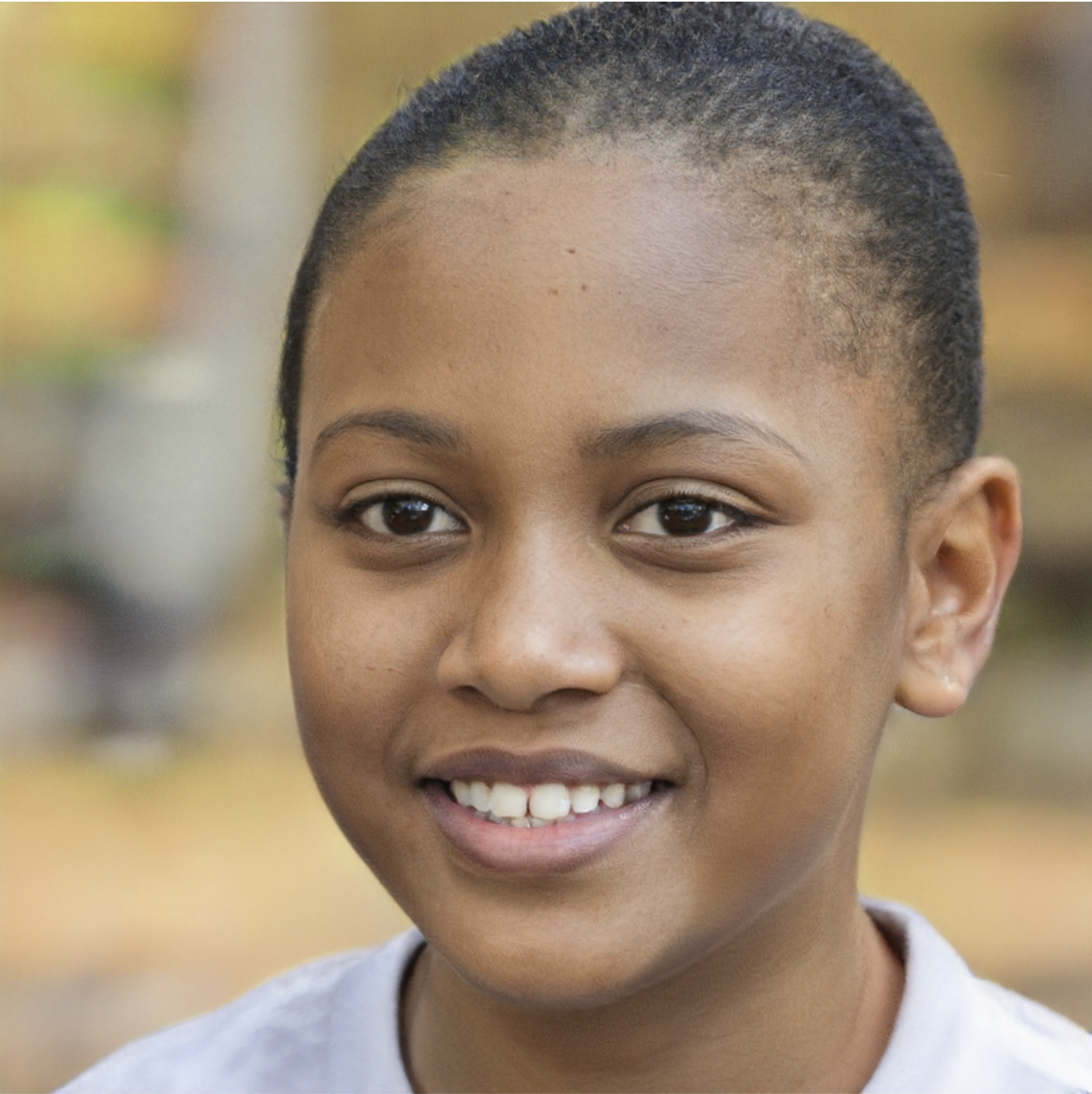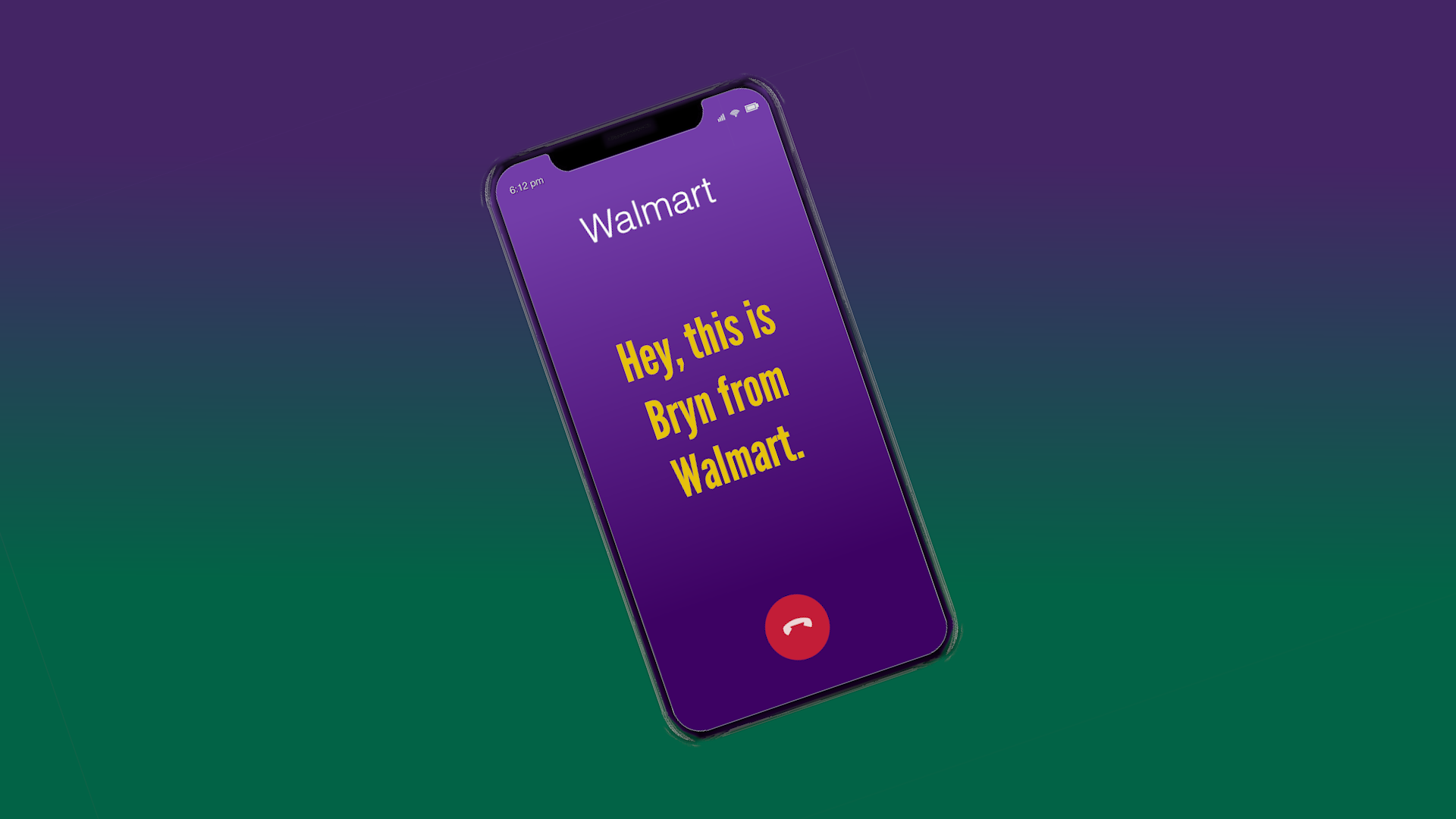Can you spot the fake?
BY KERRY TOMLINSON, AMPERE NEWS
JULY 9, 2021
The FBI warning is stark.
"Malicious actors almost certainly will leverage synthetic content for cyber and foreign influence operations in the next 12- 18 months," the March 2021 alert reads.
That means you can expect to see deepfakes — images and video designed to look like real people, but falsified — in your social media, your email and on your phone. Here's how you can prepare.
TEST YOURSELF
One of the commonly used deepfakes is a headshot generated by artificial intelligence. Currently, the technology produces some errors along with some stunningly real-looking faces.
Can you tell which of these two below is the deepfake?
Answer: The woman on the left is a real-live deejay, Lady B, in Philadelphia. The woman on the right is a deepfake generated by the site Thispersondoesnotexist.com.
Let's try these two. Which is real and which is fake?
Answer: The man on the left is actor Tom Hardy, image by Gage Skidmore. The man on the right is a deepfake generated by Thispersondoesnotexist.com.
HOW CAN YOU TELL THE FAKES FROM THE REAL PEOPLE?
Some potential giveaways, subtle but visible, with examples from Thispersondoesnotexist.com:
Jewelry
The technology sometimes struggles with jewelry. Earrings are often misshapen, mismatching or odd-looking, as you can see in this AI-generated image. Sometimes chains are look like they are almost embedded into the neck.
Ears
Some AI-generated images produce ears of different shapes or structures. Look for subtle differences or ears in odd places.
Glasses
Parts of glasses may disappear. In many cases, the sides of the glasses don't match, but often in a very small, almost indistinguishable way.
Collar & Shoulders
A close look at the collar and shoulders can show formless collars and shoulders that are misshapen or seem to extend into unusual places.
Face & Head Shape
The face or head may appear slightly off, as if distorted. The image may appear to have a mix of both younger and older features.
Background
Backgrounds may be asymmetrical or filled with blurry shapes.
ALREADY UNDER ATTACK
Attackers are using these kinds of images now. Facebook took down fake multiple accounts in September 2020 that used the AI-generated deepfake headshots, according to Graphika. The fakers created a non-existent "news" site called PeaceData that served up 100's of articles in English and Arabic, all designed to influence people on social media. False profiles then spread the articles through posts and people on Facebook, LinkedIn and Twitter.
In another case, a deepfake is connecting with hundreds of people on LinkedIn, many in security and tech.
Deepfake technology is constantly changing, so, at some point, attackers will likely find a way to use images without telltale signs. For now, learning to spot these deepfakes is a skill that will help you avoid scams, cyber crime and misinformation influence.
See more on deepfakes:
Three ways to spot a deepfake video



















